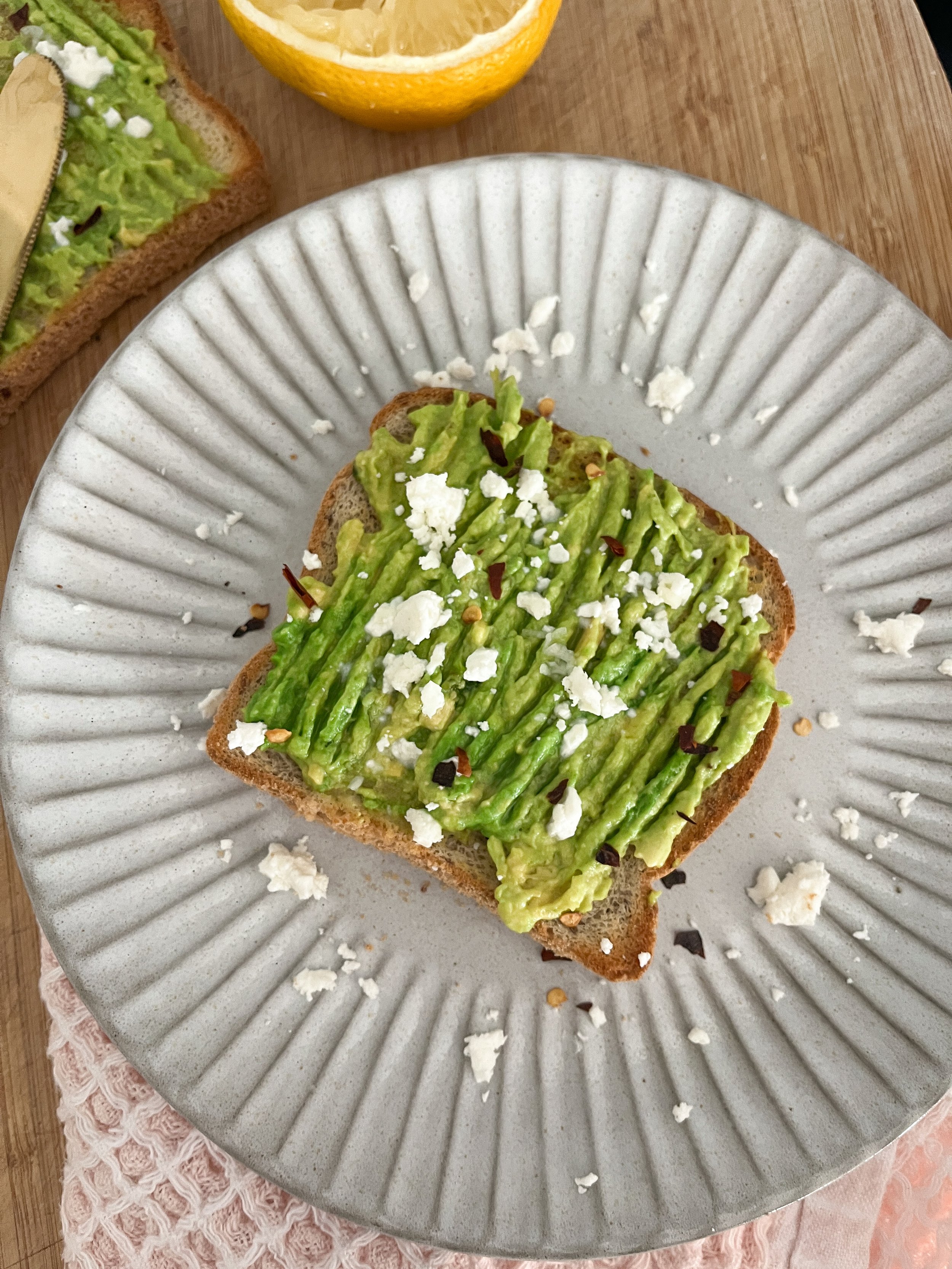It took me a LONG time to realise
I was only self sabotaging my dreams and goals. I was punishing my body instead of nourishing. It took me to become very sick to realise something needed to change and that was my mindset around food.
So what exactly does it mean to have a healthy relationship with food?Having a healthy relationship with food simply means to eat intuitively to your body’s needs without judgement or fear. To feel grateful and satisfied by what you are fueling your body with and understanding that food has the power to energise nourish your every cell.
Food Freedom
Before we delve into all things food and nourishment, I really want to take the time to chat to you about 2 topics that are really close to my heart.
Having a healthy relationship with food and intuitive eating.
I think we can all agree that at some point in our life we have used food as a way of dealing with emotions and are all guilty of not listening to our body when it comes to eating and what it actually needs.
This is where most people fall off track and end up either binge eating or yo-yo dieting and I can promise you that neither of these are going to bring you closer to your goals or have you feeling like the healthiest and happiest version of yourself. Don’t feel guilty or ashamed if this has been you, 6 years ago this was me. I had major food confusion, I was disconnected from myself and had a very unhealthy relationship with food. I used food as a coping mechanism, a way of dealing with stress, unhappiness and unwanted emotions.
Journal Prompt:
This doesn't always come easy and can take time to feel like you have established a healthy relationship with yourself and food. So let’s check in and see where you are at:
How do you feel after eating? Heavy? Tired? Energised?
How would you like to feel after eating?
What is keeping you from feeling like that right now?
Do you eat when you are hungry or out of routine?
What food makes you feel good or makes your soul happy?
What part of this makes you feel good? Taste? Texture? Cooking?
Have you or do you use food as a way of dealing with stress or emotions?
Is this often or not so much?
Do you get anxiety around eating certain foods?
Do you eat for nourishment or to feel/look a certain way?
How would you like to change your relationship with food?
Now that you have more awareness about your mindset around food let’s see how we can create more love and guidance towards listening to your body and eating intuitively. Let’s first see what is currently on your plate.
Did your second plate differ much from your first? How so?
What is stopping you from making those changes now?
What do you think you could add more of to help you feel healthier and happier?
“The way you eat is how you live”









































